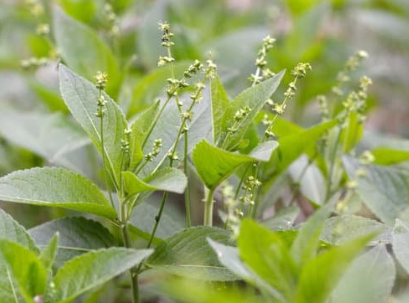Woodlands in spring
Spring is here and the Earth Trust woodlands are a hive of activity with nature and wildlife at their busiest.
The trees are sprouting fresh, lime-green leaves and the forest floor is starting to explode with greens, yellows and purples. Woodland flowers bloom early in the year, before the canopy of trees closes up as they come into leaf and shade out the sun.
One of the first splashes of colour to appear is lesser celandine, a bright yellow, star shaped flower growing in carpets along the edges of our woodland paths. Celandine responds to sunlight with flowers opening up at dawn and closing at dusk. They also close before rain so keep an eye on them, they may let you know when you need to run for cover!


Another early riser in the woodlands are the violets, with small heart-shaped leaves and purple flowers they can be easy to miss on the edges of paths. Violets provide an important source of nectar for butterflies and other insects. There are different types of violet but you’re likely to see dog’s violet in Little Wittenham Wood. The ‘dog’ in the name refers to the fact that they are unscented, making them ‘lesser than’ sweet violet.
We also have dog’s mercury appearing throughout Little Wittenham Wood. It carpets the ground and provides cover for ground nesting birds like woodcock. Dog’s mercury is an indicator species for ancient woodland, meaning that it can suggest long-established woodland – an important habitat. Although dog’s mercury is poisonous, its name actually refers to it looking similar but ‘lesser than’ plants in the mercury family.
We’re starting to see insect life appear throughout the wood too, the odd queen bee or hornet seeking out nectar from early spring flowers and the overwintering butterflies like peacocks and small tortoiseshells are joined by freshly emerged orange-tips and speckled woods.
In our very important woodland ponds we’ve already seen large clumps of frog spawn and strings of toad spawn. They will now be hatching as tiny tadpoles, off to explore their home. These ponds are also home to one of the country’s largest populations of great crested newts, which will have recently emerged from overwintering, beneath logs or buried in mud, to head back to the pond to breed. The females lay individual eggs on plant leaves in the pond and gently fold the leaves over to protect them.

Finally, one of the most dramatic changes in woodlands in spring is the reappearance of the bird life. You may see robins following you down the paths curiously, or hear a little wren belting out its song. But if you stop for a moment, you’ll see and hear so much more: the repetitive drumming of a woodpecker, the screech of a red kite building its nest, or that elusive first cuckoo of the year.
Learning to identify birds by their song is tricky, but very rewarding if you can do it. There are great resources online so why not have a go and see what birds you can recognise when you’re out and about?
